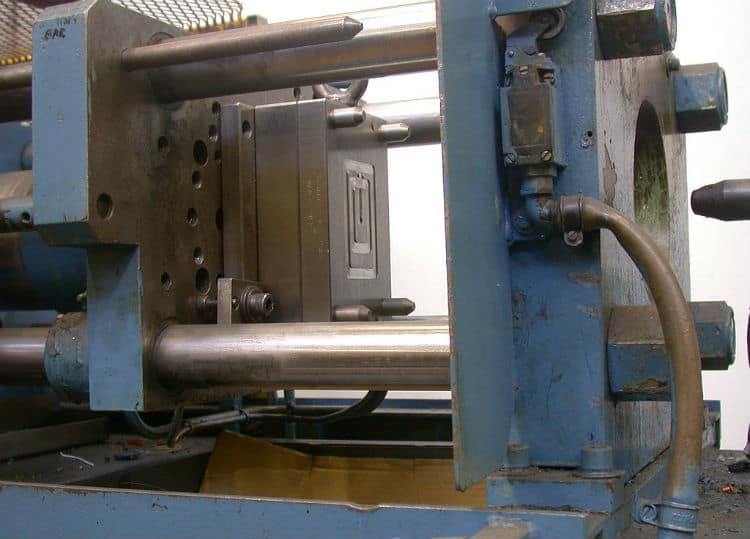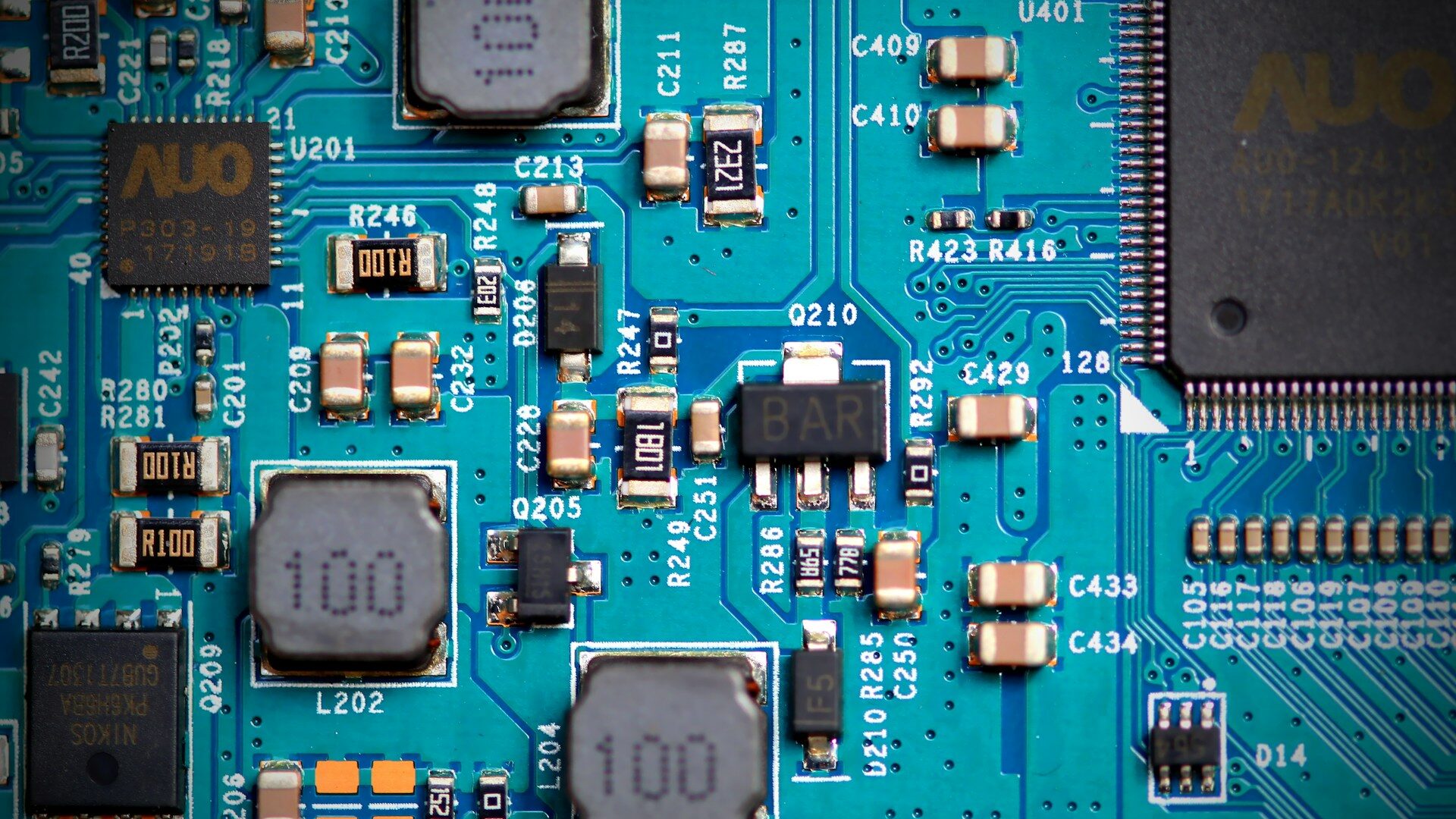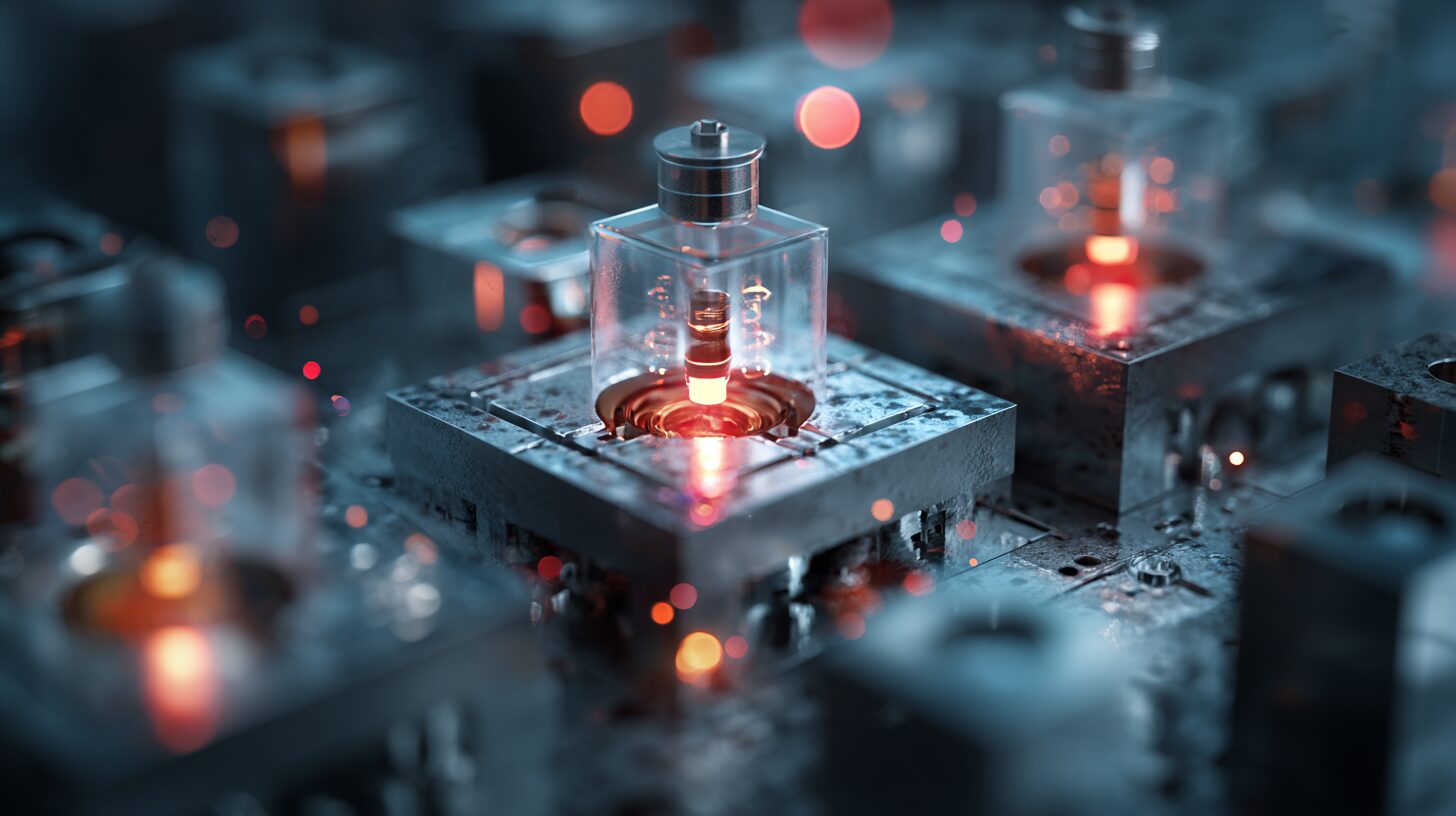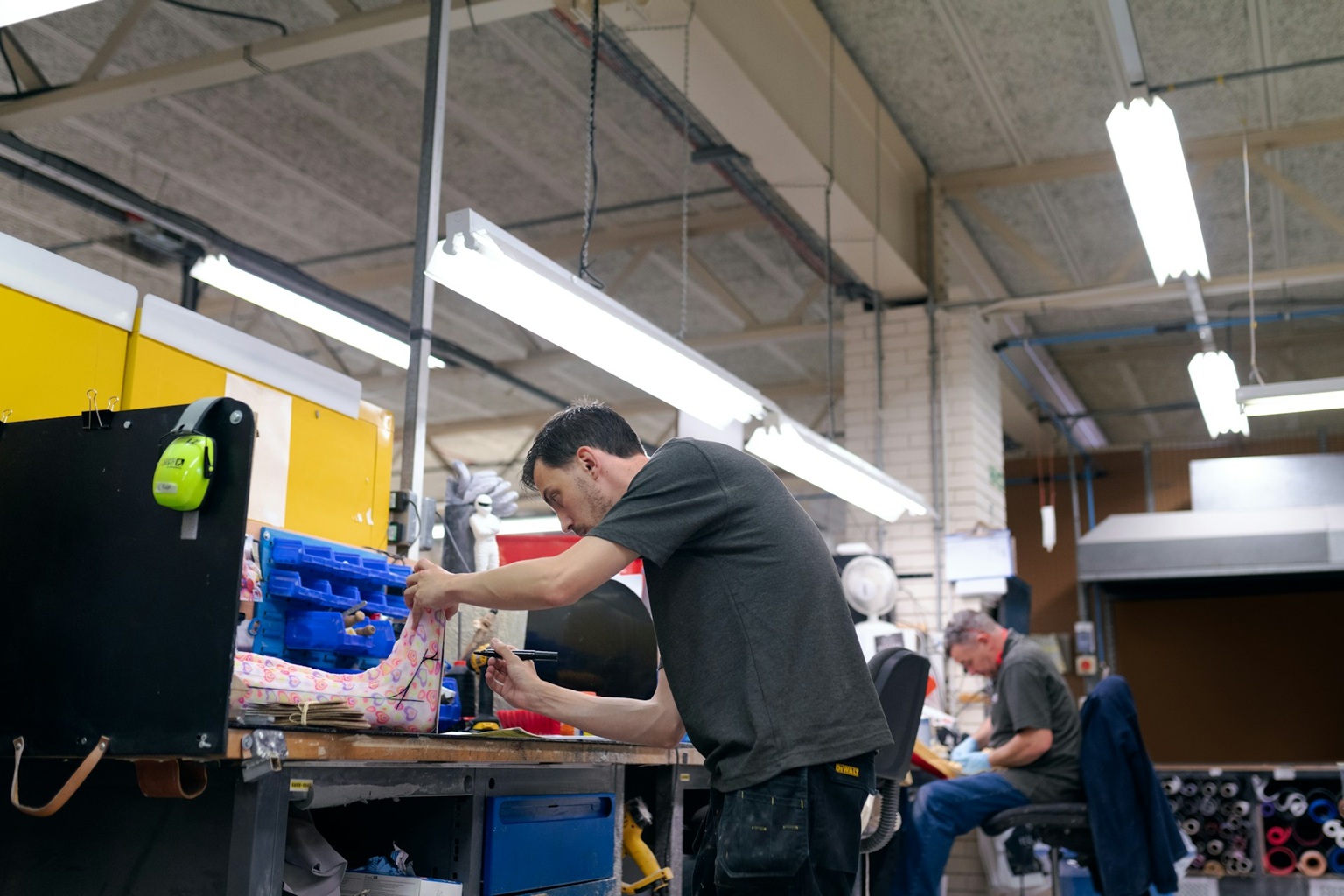
What Injection Press Is Right for You?
November 22, 2018 - Emily Newton
Revolutionized is reader-supported. When you buy through links on our site, we may earn an affiliate commission. Learn more here.
Injection molding presses have been around ever since the late 1800s. First developed to manufacture a replacement for the natural ivory that was, at the time, used in billiard balls, the original injection molding process remained intact until the mid-1940s. The production demands of World War II led to the creation of several different injection molding machines over the course of the next years. Given the illustrious history of the process, it’s hard to say where we’d be today with injection molding. When it comes to modern injection, most manufacturers work with one of three different presses: hydraulic, electric or hybrid. As you’re about to find out, there are a myriad benefits of associated with each injection press.
Hydraulic Press
The hydraulic press was one of the earliest options available to injection mold manufacturers. As a result, hydraulic presses are typically much more affordable than their electric or even hybrid counterparts. Moreover, the longevity of the hydraulic press means there is a greater availability of replacement parts as well as workers who can use and repair hydraulic systems.
However, companies that abide by lean manufacturing principles will find the hydraulic press is anything but lean. The extreme temperatures seen in hydraulic presses require additional time to cool off after a project, which ultimately leads to increased downtime when compared to the alternatives. Moreover, the fact that hydraulic fluid is continually pumped into the press leads to greater waste, increased power consumption and an elevated risk of malfunction.
On account of their aptitude for heavy-duty and industrial manufacturing applications, the hydraulic injection press typically processes plastics and metals for use in the automobile industry. While they are still in widespread use today, many companies are abandoning the traditional hydraulic press for one of its new alternatives.
Electric Press
Although the all-electric press is relatively new when compared to its hydraulic predecessor, manufacturers are already embracing the technology due to its increased energy efficiency, smaller carbon footprint, and faster production times.
There are additional advantages to the electric injection press, too. For example, manufacturers within the aerospace or defense industries are using these machines because of their high level of precision, accuracy, and consistency when machining parts.
Other manufacturing operations that stand to benefit from the electric injection press include those that are subject to tight production deadlines, those that are cutting down on their overall resource usage and companies that are trying to reduce waste or lessen their overall environmental impact. Manufacturers who utilize lean manufacturing standards can even use the electric press as a means of bolstering their company’s efficiency, profitability and machine performance.
Hybrid Press
Manufacturers operating in the 21st century also have access to another type of injection press: the hybrid. Meant to combine the best features of both, the hybrid injection press provides the energy efficiency of the electric injection press with the heavy-duty manufacturing capabilities of the hydraulic press.
Newer and more up-to-date with today’s manufacturing standards than the hydraulic or all-electric injection presses, the hybrid press is ideal for manufacturers who are actively trying to introduce lean manufacturing principles into their everyday operations
Choosing Your Injection Press
As you can see, the different types of injection presses each come with its unique advantages and applications. Making yourself aware of the options available on the market today and knowing what kind of press is best suited for the type of materials you are working with, as well as the goods you are manufacturing, is the key to choosing the right injection press for your manufacturing operation.
Featured Image By Glenn McKechnie, CC BY-SA 2.5, via Wikimedia Commons
Revolutionized is reader-supported. When you buy through links on our site, we may earn an affiliate commission. Learn more here.
Author
Emily Newton
Emily Newton is a technology and industrial journalist and the Editor in Chief of Revolutionized. She manages the sites publishing schedule, SEO optimization and content strategy. Emily enjoys writing and researching articles about how technology is changing every industry. When she isn't working, Emily enjoys playing video games or curling up with a good book.






